Navy’s Silent Swarm Event Goes High and Loud

What began as a “wacky” idea soon became an opportunity unlike any other for businesses and academia alike for education, progression and collaboration. Increasing in volume since its inception, U.S. Navy’s Silent Swarm initiative continues to attract more innovators for its annual electromagnetic spectrum experimentation event.
The Naval Surface Warfare Center, Crane Division, also known as NSWC Crane, leads the two-week-long event.
“This past year we had 170 technologies request to participate in Silent Swarm, which was a massive number,” said Robert “Ice” Gamberg, who leads the event. Having retired from the U.S. Navy in 2018 after 32 years of service, Gamberg is also the military technical and strategic advisor at NSWC Crane.
Having first pitched his idea to his division manager four years ago, Gamberg expressed his excitement for what the event has become in an interview with SIGNAL Media.
Gamberg spoke on his inspiration for the event from a 2021 tabletop exercise he attended with Fleet Forces Command and the NSWC Surface Warfare director. “They had this idea of developing a series of tabletop exercises, essentially computer-aided wargames focused on small, unmanned surface vessels,” he said.
“In that first event, they basically brought me in as the opposition force commander, so I had, as you can imagine who our opposition force might be in something like that, I had all of their capabilities at my disposal,” Gamberg continued. “The game itself was designed as a very kinetic game, so we were looking at launching weapons, making things blow up, and all that kind of thing.”
Gamberg, however, noticed that electromagnetic spectrum operation capabilities such as sensing, deceiving and delivering electronic attacks were not included. “I started incorporating some of those on the other side, and in this computer-aided wargame ... it started to really have a significant effect,” he added.
While various unmanned autonomous vehicle tests were taking place, Gamberg identified a gap in experimentation when it came to the electromagnetic spectrum operation space.
Upon the approval of his idea to fill this gap, the project lead had just nine months for execution. “In that first year ... I had an idea, I had funding, I didn’t have a team, I didn’t have a schedule, I didn’t have anything,” he said.
The project has since grown from a few junior staff to an initiative sponsored by the Office of the Under Secretary of Defense for Research and Engineering Integrated Sensing and Cyber. Silent Swarm is also done in partnership with the Air Force Test Center out of Wright-Patterson Air Force Base, the Army Development Commands, Command, Control, Communications, Computers, Cyber, Intelligence, Surveillance and Reconnaissance (C5ISR) Center out of Aberdeen and Naval Information Warfare Center Atlantic, Gamberg noted.
While the majority of his current staff is part-time, the team has now grown to over 60 people, including co-lead Sondra Laughlin and Chief Engineer Don Thompson.
This year, of the 170 submissions from industry, government and academia to take part in Silent Swarm, 73 were invited to participate, and 63 technology initiatives were due to join the event. The number is a big difference from last year, Gamberg noted, when 55 technology initiatives resulted in 125 individuals attending the event.
“Right now, we’re looking at about 400 [people] in the experimentation environment ... so it is a lot more complex this year,” he said. “We see swarming now.”
The large number of participating technologies is putting more stress on resilient command and control, which is where collaboration plays a crucial role.
“We work in partnership with our good friends down at Naval Information Warfare Center Atlantic. They lead our resilient comms line of effort,” Gamberg said. “We stitched together several mesh networks to create that backbone for our communications in the event, and we do it not only in a clear air environment, which is challenging enough with that large number of entities, but we’ll also inject electronic attack and challenge the resilience of that command-and-control network.”
Over the course of two weeks, Silent Swarm includes three levels of assessment on each participating technology. First, the baseline assessment proves the technology can meet the standards stated in the initial submission. “In their submission, they give us a quad chart and a white paper … we take what they have told us, and we put them in a situation to essentially demonstrate that their thing does what they said it’s going to do,” Gamberg explained.
After measuring the frequencies and power, assessors will then interview the participants to set a baseline for the rest of the experimentation.
The second assessment pairs technologies together to work against each other. “This is where we use the term friends and frenemies because I’ve got a radar and I’ve got a jammer; I need to put them together. They’re essentially frenemies to achieve our technical experimentation objectives as outlined in our data collection analysis,” Gamberg said. This involves a series of iterative experiments for the functional level of assessment.
“All of that is really a building block for our ultimate level of experimentation, which is our vignette execution,” Gamberg continued. This vignette phase is performed within a gamified scenario, he said. “We break it up into three missions and we run multiple iterations of those missions under the context of that overarching vignette.”
This year, the game is based on the War of 1812 and participants are split into two teams: the Yankees and the Red Coats. “By the way, our UK assessors are very committed to being on the red coat team,” he jokingly added. From there, everything learned in the first two assessments is used to create an operational scenario with specific objectives.
“As we step through those missions, we’re always looking to achieve those technical objectives that we outlined in our data collection analysis plan,” Gamberg stated.
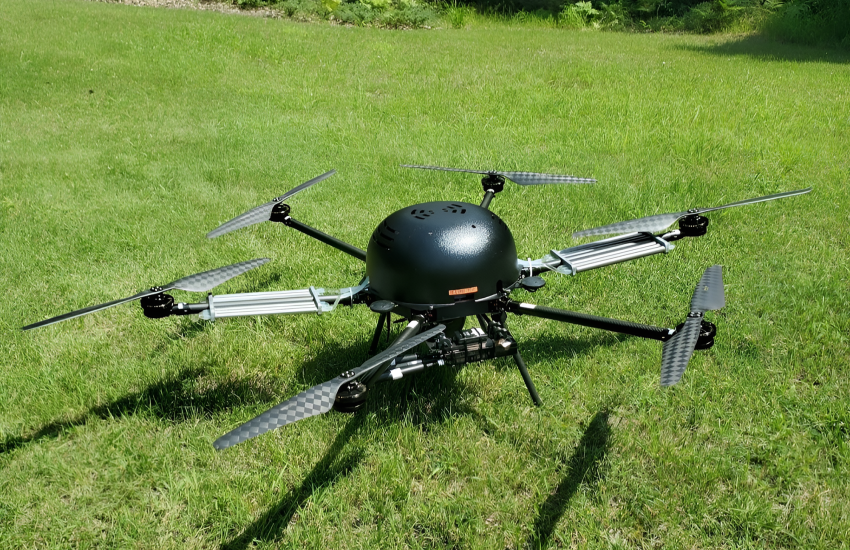
Although the vignette execution is the most complex, it is also the most fun part of the event in Gamberg’s opinion. “By creating this gamified scenario ... folks are going to really get into it and achieve great results and it’s interesting because they take away some things ... you see that coming back around in following years,” he said. “Either that or the barbecue and the karaoke.”
“It was actually a lot of fun,” echoed Hunter Harding, business development director at Persistent Systems LLC, a company that has taken part in the experimentation for the last couple of years. “One of the really cool things about Silent Swarm is that there is no failure. It’s very much a characterization of capabilities and it’s encouraged to try stuff that might fail,” he told SIGNAL Media in an interview. The event’s try-fail-succeed approach is similar to the “industrial way of doing things,” Harding added, which is rarely seen in the government.
“It’s all relationship and experience driven,” he continued. For participants who attend with great products and the right approach, they will likely foster relationships that will benefit their business. “The only failure is if you show up with a bad attitude and don’t do well.”
Additionally, the experimentation event allows companies and academia to advance their technology and potentially return with a better product capability. “The capability that we’re bringing out this year with the [Personal Transport 5] PT5 ... we took a lot of the findings from last year related to the engineering department and have had those included into the product that will be demonstrated this year,” Harding said.
For students, the event offers exposure and opportunities to learn in a real-world environment. “We create these games so that people can participate on a level playing field, even if they don’t have any kind of security clearance,” Gamberg noted. While the gamified scenarios aren’t related to current day events, they are still foundationally relevant to operational problems on today’s battlefields.
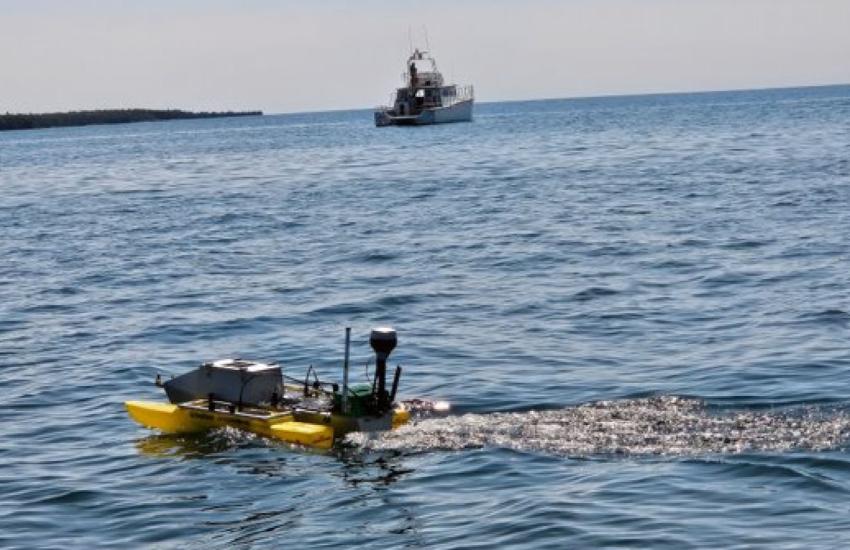
The success of the event has drawn international attention, Gamberg said, noting participation from Australia, the United Kingdom and Finland. The project lead also mentioned work with NATO counterparts.
Gamberg and his team met with NATO’s joint capability group maritime unmanned systems in the fall. “Some folks from their team [are] going to come up and participate with us on our assessment team this year,” he said.
There’s also a possibility for collaboration with the alliance’s REP(MUS) exercise, which stands for Robotic Experimentation and Prototyping using Maritime Uncrewed Systems. The event is set to take place in Portugal in September, Gamberg added. “I think we are going to lean into planning of their vignettes for them with my team,” he said.
Interest in applying the Silent Swarm framework to other exercises has also grown, Gamberg noted, mentioning other NATO experiments as well as U.S. Navy’s Task Force 59 and Task Force 66.
With funding approved for next year’s event, Gamberg’s main piece of advice for participants is simple: don’t be afraid.
“Making sure that the event we build is valuable to them is the absolute top priority for us,” he said. “It’s one of those things where we tell them this event is different, but they generally don’t realize how different it is until they get into it.”
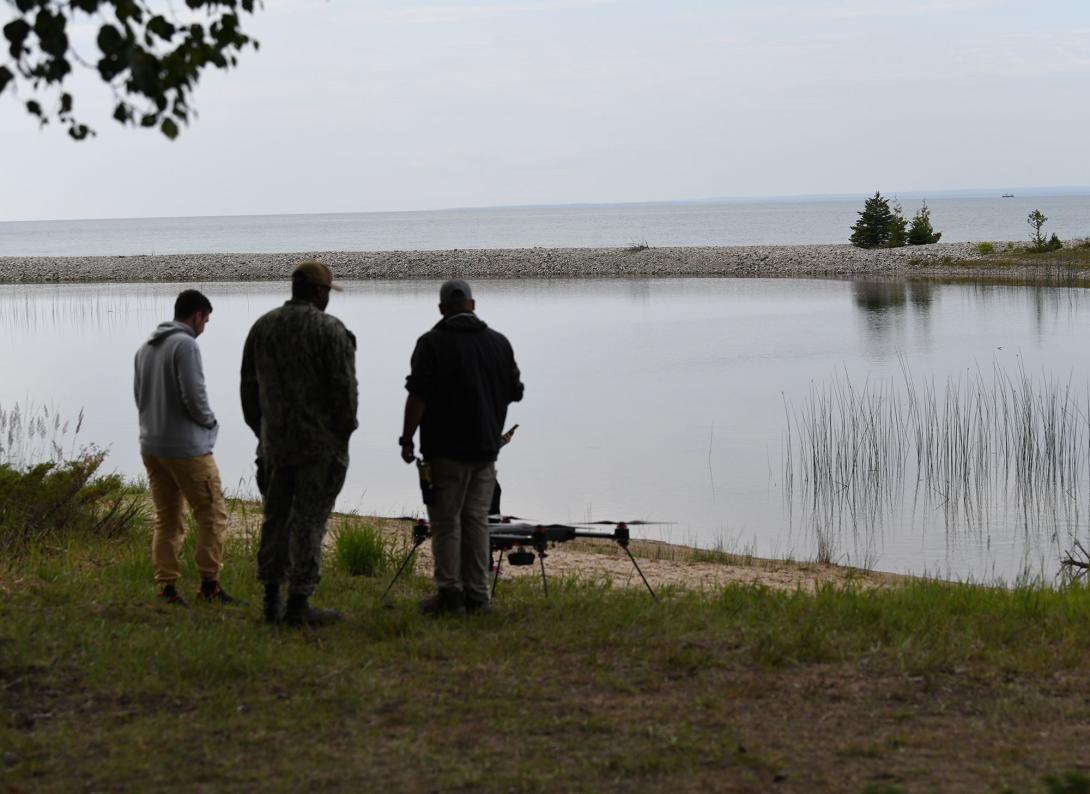
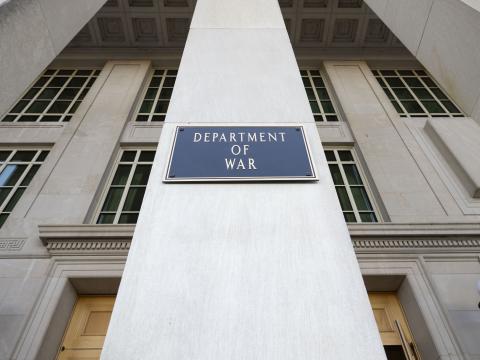
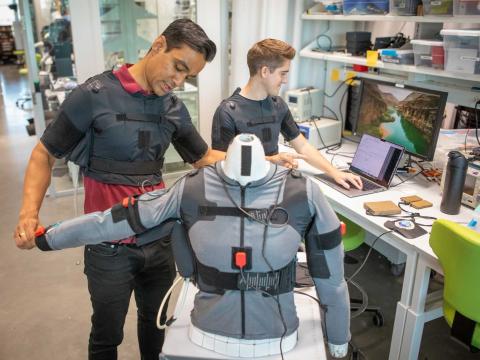
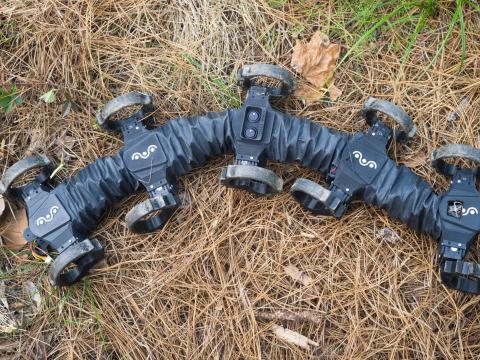
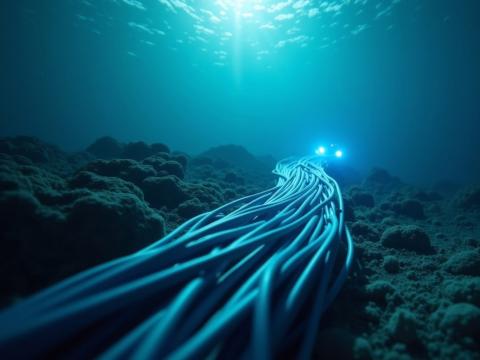
Comments